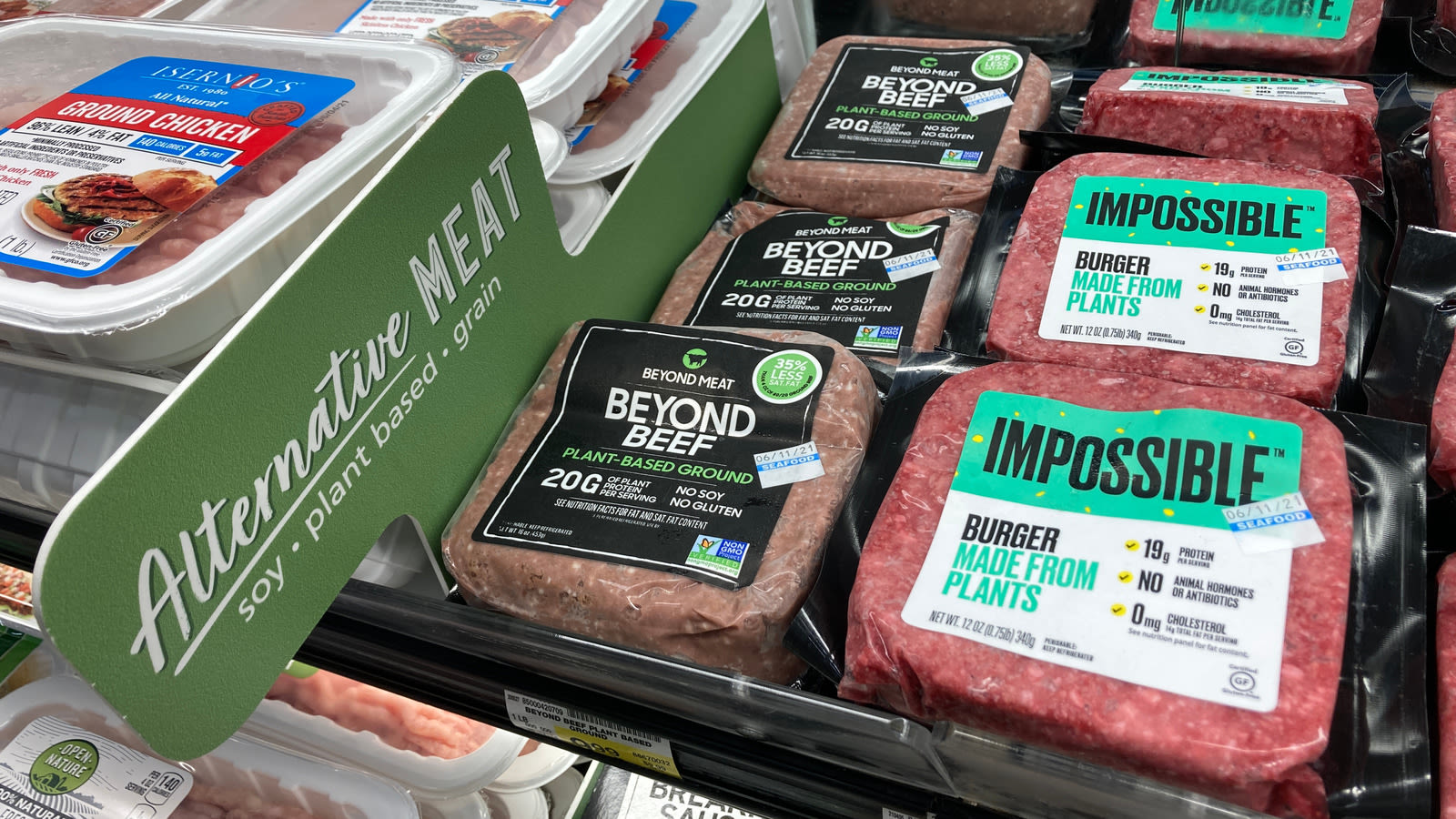Search results
News about Orangutan, medicinal plant, wound treatment
News about plant-based meats, giant plume ginger, The Light Eaters
Also in the news
Grain, fruit, and vegetables are basic human foods and have been domesticated for millennia. People use plants for many purposes, such as building materials, ornaments, writing materials, and, in great variety, for medicines. The scientific study of plants is known as botany, a branch of biology .
A picture of a Grassy grass plant. Plants are one of six big groups ( kingdoms) of living things. They are autotrophic eukaryotes, which means they have complex cells, and make their own food. Usually, they cannot move (not counting growth ). Plants include familiar types such as trees, herbs, bushes, grasses, vines, ferns, mosses, and green ...
Plant responses to light. Light: it's not just for photosynthesis! Plants use light cues to regulate many aspects of their growth and development. For instance, have you ever seen a plant bend its stem towards a window or light? Learn why this happens at the level of light receptors and hormones!
Apr 19, 2024 · Plant, any multicellular, eukaryotic, usually photosynthetic life-form in the kingdom Plantae. There are an estimated 390,900 different species of plants known to science. Learn more about the plant kingdom, including the life and evolutionary histories and physical characteristics of the major plant groups.
Plants are photosynthetic and contain a green pigment called chlorophyll, which enables plants to convert energy from the sun into food. Plants store their food as starch. Most plants are rooted to one place – some plants can orientate leaves towards the sun and some respond to touch. Plant cell walls are rigid as they’re made of cellulose.
30.1: The Plant Body. Like animals, plants contain cells with organelles in which specific metabolic activities take place. Unlike animals, however, plants use energy from sunlight to form sugars during photosynthesis. In addition, plant cells have cell walls, plastids, and a large central vacuole: structures that are not found in animal cells.








